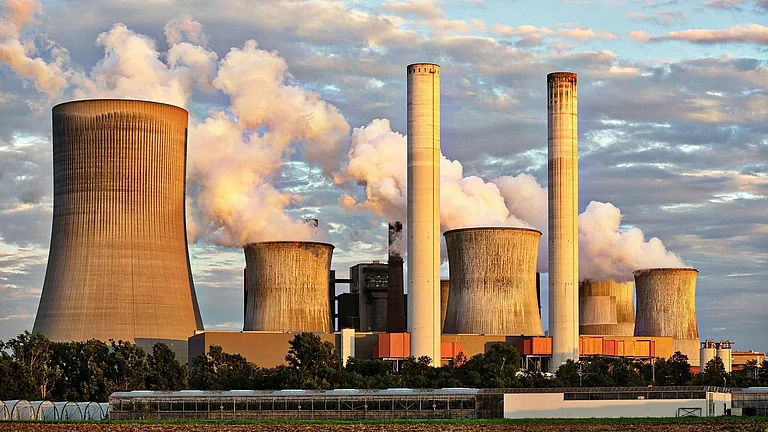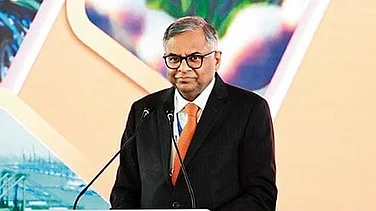John Cockerill, a Belgium-headquartered technical equipment manufacturing firm, is eyeing India to supply services and products related to nuclear power generation. The equipment maker, via its subsidiary, John Cockerill Hamon, is considering to set up cooling towers for nuclear plants in India, the Mint reported. This development comes at a time when the government is significantly increasing its efforts to move towards nuclear energy as part of India’s sustainable energy transition strategy and is considering public-private partnerships to facilitate the shift.
“We’ve been in nuclear services since the inception of nuclear development in Western Europe. And of course, we intend to offer some of our know-how in India as well,” company’s chief executive Francois Michel, told the Mint.
Government’s Civil Nuclear Power Push
Last year, American energy equipment manufacturer, Holtec International pitched to supply cutting-edge technologies like small modular reactors (SMRs). Indian-origin promoter of the American company, Kris P Singh, was reportedly the only CEO that got the opportunity to meet Prime Minister Narendra Modi one-on-one during his October 2024 visit.
“I explained to him that the existing coal plants can be converted into our small modular reactors, the capacity at the plant will be increased by a factor of 3,” said Singh, according to ANI.
Recently, during the 2025-26 budget presentation, finance minister Nirmala Sitharaman announced the launch of a Nuclear Energy Mission with a key focus on research and development (R&D) of small modular reactors (SMRs). The government has announced to pump Rs 20,000 crore into the mission and is eyeing to build around five locally designed and operational SMRs by 2033 and is exploring collaboration with the private sector on the same under Bharat Small Reactors.
“The plan involves private entities providing land, cooling water, and capital, while the Nuclear Power Corporation of India (NPCIL) handles design, quality assurance, and operation and maintenance, all within the existing legal framework,” according to the Department of Atomic Energy’s statement.































